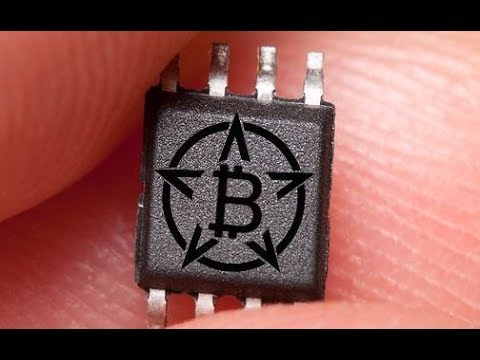Blockchain Tutorial for Beginners: Learn Blockchain Technology
While it’s not theoretically inconceivable to reverse engineer a hashed block, the variety of permutations a processor would need to go through to do so is mind-boggling. This is even before bearing in mind that more than 51% of the nodes would also must be hacked simultaneously and the new block inserted into each.
If auditability and information replication are crucial, blockchain know-how must be thought-about. This is as a result of meaningful shared governance and operation require miners to audit the operations of others and to have the ability to recover information that a malicious miner would possibly attempt to delete. The append-only ledger of a blockchain system can be utilized to retailer documents, including the historical past of adjustments to these paperwork. This use case is best suited for information which are extremely priceless (corresponding to certificates and government licenses), have a small data dimension, and are publicly out there (as they are going to be replicated by all miners).
New transactions include the ‘stamp’ of each information block in the prior history of the Blockchain, which is required to verify the present holder of an asset. Assets are transferred by authenticating the transaction historical past main as much as the present ownership.
Who is the owner of Blockchain?
And if it wasn’t the last block in the chain all those predating it would also should be unhashed and replaced to prevent the historic ‘stamps’ not being thrown out of sync. This would take a stage of quantum computing energy that currently exists only in concept. At regular intervals, bunches of verified transactions are grouped together and cryptographically sealed in an information ‘block’. Hashing converts the information into a string of symbols of a defined size. It is almost inconceivable to reverse engineer this hash back into the unique data, making the transactions immutable.
With blockchain, actual-time transactions are a possibility (even across borders), whereas banks are left out of the equation entirely, presumably lowering transaction charges. It is precisely as a result of the decentralized digital ledger of Blockchain is so strongly immutable that makes it such a potentially world-altering expertise. Once a transaction has already been sealed into a block and added to the Blockchain, altering it is near inconceivable. This is why it’s practically inconceivable to ‘hack’ a Blockchain.
The IoT describes wirelessly related devices that can ship and receive data. Such an utility might decide the trustworthiness of devices on a network — and continuously do so for devices coming into and leaving the community, similar to good automobiles or smartphones. At some level, blockchain could rival or replace current fairness trading platforms to purchase or sell stocks. Blockchain is the imaginative and prescient of developers who believed that the present banking system had flaws.

